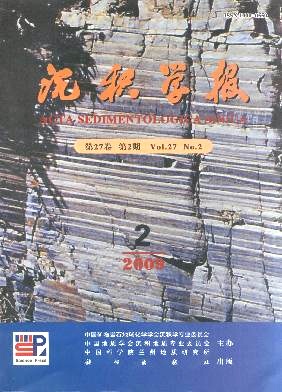Sequence Division and Evolution of Upper Paleozoic in the Ordos Basin
- Received Date: 1900-01-01
- Rev Recd Date: 1900-01-01
- Publish Date: 2009-04-10
-
Key words:
- Ordos Basin /
- Upper Paleozoic /
- sequence division /
- sedimentary evolution /
- sandbody types /
- sequence stratigraphic model
Abstract: Through integrated studies of outcrops, cores, drilling, well logging and seismic data, sequence interfaces are identified and sequence framework of the Upper Palaeozoic of Ordos Basin is established. The Upper Paleozoic of Ordos Basin can be divided into 5 second order sequences and 19 third order sequences, the basic characteristics and constitution of system tracts of which are also analyzed. Each second order sequence corresponds to specific tectonicdeposition evolution stages : SS1 corresponds to rift bay and restricted epiric sea coexistence stage; SS2 corresponds to unified epicontinental sea stage; SS3 corresponds to offshore plain swampdelta stage; SS4 corresponds to seaside lake basin deposition stage; SS5 corresponds to inland red clastic rock deposition stage. Three models are established for the development of sedimentary sandbodies in sequence frameworks (including tidal flatdelta model of marinecontinental alternative deposition in Taiyuan Formation, offshore plain swampdelta model in Shanxi Formation and braided riverbraided delta model in lower Shihezi Formation). The main sandbody types and their distribution in sequence frameworks are analyzed and predicated.
| Citation: | ZHANG Manlang. Sequence Division and Evolution of Upper Paleozoic in the Ordos Basin[J]. Acta Sedimentologica Sinica, 2009, 27(2): 289-298. |






 DownLoad:
DownLoad: